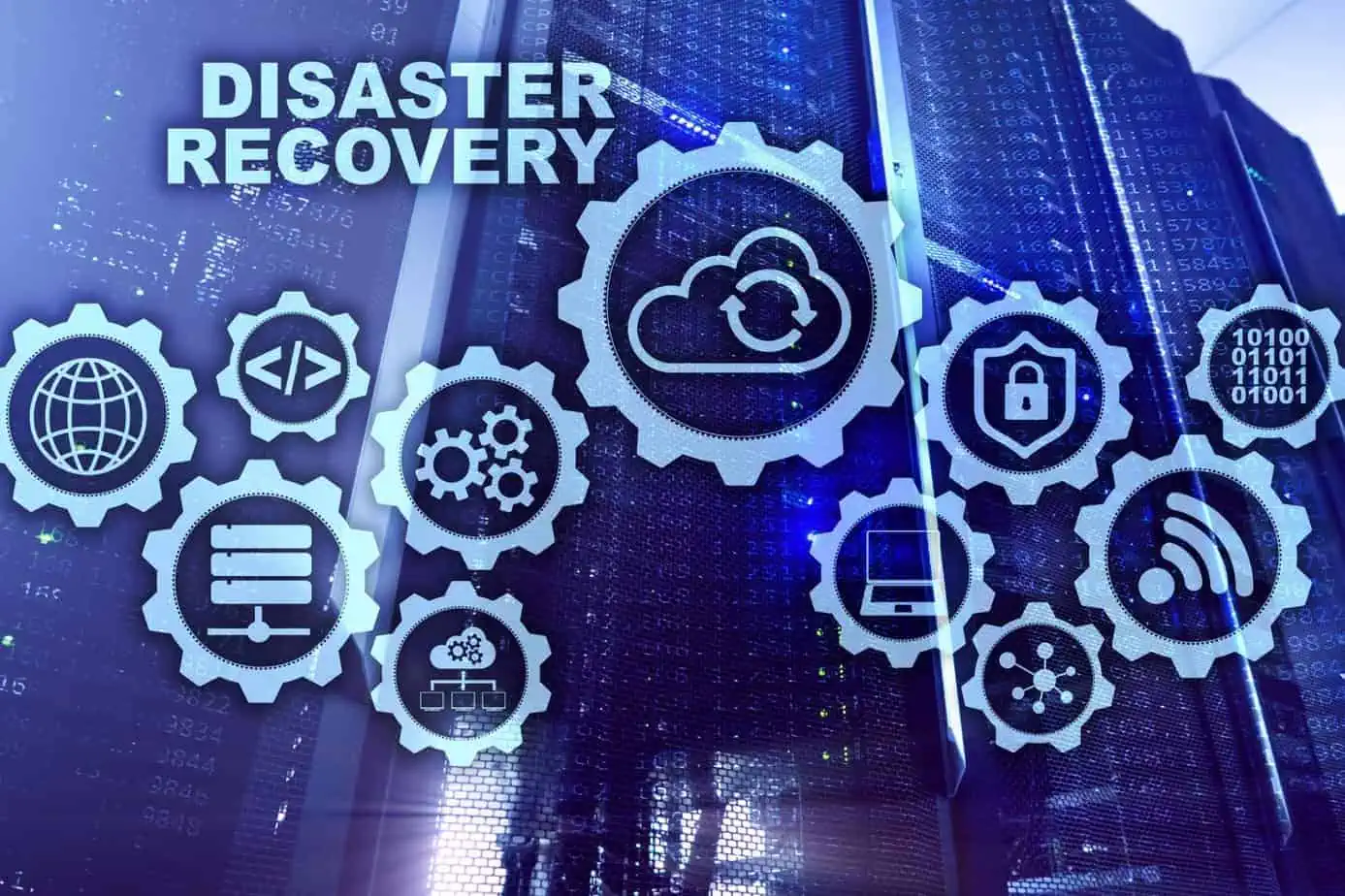Your business and processing data is sensitive and critical to your operation. You must ensure the data you hold stays protected and secure as well as possible. But your data could be lost, exposed, or otherwise at risk from a cyberattack, a natural disaster, or an equipment failure.
You can recover and protect your data through a Disaster Recovery As a Service or DRaaS setup. A DRaaS program will help you back up your data and IT infrastructure in an outside cloud computing setup. A third party will provide the cloud access you require for handling whatever tasks you wish to complete, plus it reduces the risk of your data being permanently lost due to a disaster.
DRaaS provides a simple solution for work that is effective and easy to follow. You won’t have to own the equipment necessary for your recovery needs. You will get access to the equipment through your service provider. The process ensures your data stays safe and that you can recover it as necessary. It also prevents downtime, ensuring you can continue to function.
The Main Steps
DRaaS efforts help you get your physical or virtual servers running once more following a disaster or any other form of disruption in your work environment. The work entails three steps:
- Your data is replicated and sent to a disaster recovery service. The group will remotely host your data.
- The data goes to a secondary site hosted by your recovery service provider.
- The data goes back to the primary site after the data is recovered and the original site can get back to work. The failback process ensures proper protection and operation for as long as necessary, reducing the risk of possible harm or data loss.
Safety For Your Replicated Data
Your data must stay safe while in a replicated environment. A DRaaS provider must include a few points for work:
- The replication process should include physical and virtual servers to provide regular access to your system. Redundant systems are not required, but they are encouraged.
- The replication also requires regular data snapshots or backups. These will preserve your data and prevent data loss from occurring in your work.
- Everything must be online for as long as possible. The data should move to a suitable outside server in less time. Extended downtime periods can harm your business operations and keep you from earning as much business as necessary.
Where Will the Data Go?
The DRaaS process will allow your data to move in the right places to keep it intact. The DRaaS effort requires a production version and two backups for success. There should also be at least two backup formats, including one that is stored off-site. A cloud backup system is desired, as it is easier to recover the data from such a material at any point.
A Protective Effort
DRaaS provides protection to all the data a business may utilize. The DRaaS system can help create new virtual setups for use until you can get a new laptop or another item ready for your use.
DRaaS support also works for all threats in your business, including power outages, hardware failures, network disconnections, and software or IT system errors. The system you hire will ensure you’ll keep your content under control without worry or a risk of losing your work.
Save Your Investments
The greatest part of a DRaaS system is that it prevents your investments from being lost through whatever work you’re trying to complete. You could lose thousands of dollars in business for every hour of downtime when there’s an issue. The totals can add up if you cannot fix the issue sooner, resulting in real threats that may put your business at real harm.
Managed or Assisted?
You can choose from having either a managed or assisted DRaaS system in your business. A managed approach entails an outside party taking over the disaster recovery process. You must stay in regular contact with your provider to see how the process is working and that you have a plan for what you want to do with your work.
An assisted DRaaS platform lets you manage different aspects of your setup yourself. It can also work if you have a custom setup that you might have an easier time managing yourself.
What About Self-Service Platforms?
There’s also the option to use a self-service platform. It costs less money to use this solution, but you are responsible for more things. You must establish your virtual machines in a remote area and test them on occasion to see that they work. You will have access to these virtual features when necessary, but you must check everything well to ensure what you’re operating is handled with care.
Is This the Same As a Backup?
Do not assume that a DRaaS platform is the same as a backup system. A backup only protects your data. The DRaaS system covers your infrastructure, giving you more control over how you manage your data. You will retain access to your items and all the materials you use for reviewing your data. Nothing is lost in the process, giving you the control necessary for whatever bits of work you want to manage.
Backups as a service are best for entities that want to archive their data stores and keep them from being lost. But these should be mixed with other tools and services that can protect your infrastructure. You won’t be capable of reading your data if you don’t have access to the materials needed for storing and securing everything in your space.
DRaaS layouts keep your data online and help you access it in moments. The system works on-demand and offers full control over your assets, reducing the possible risk of harm in your work. Take note of how a DRaaS program can work for your business as you aim to prevent possible data losses and other threats from being a concern in your workplace.

